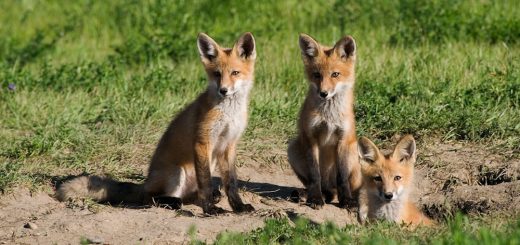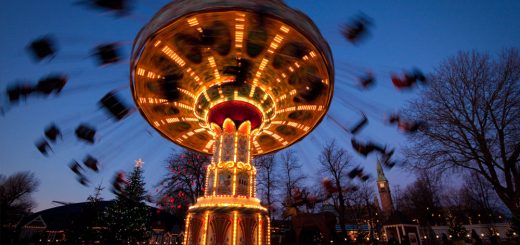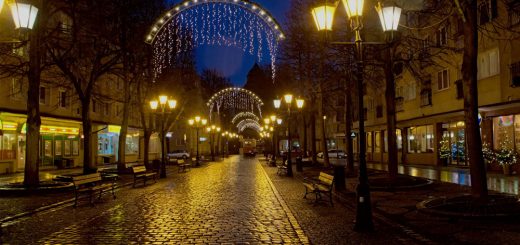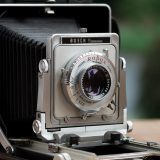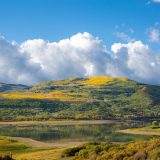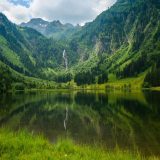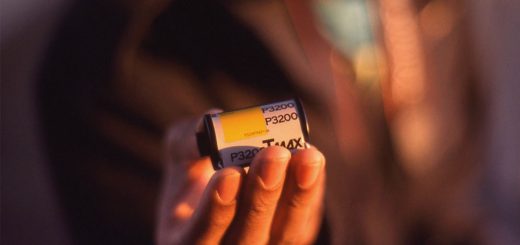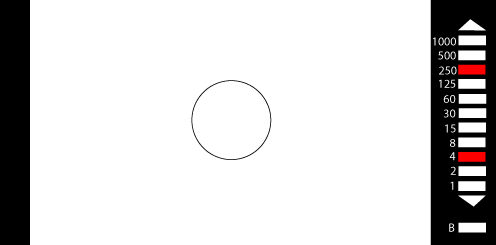Photography Guide to Help Create Stunning Images
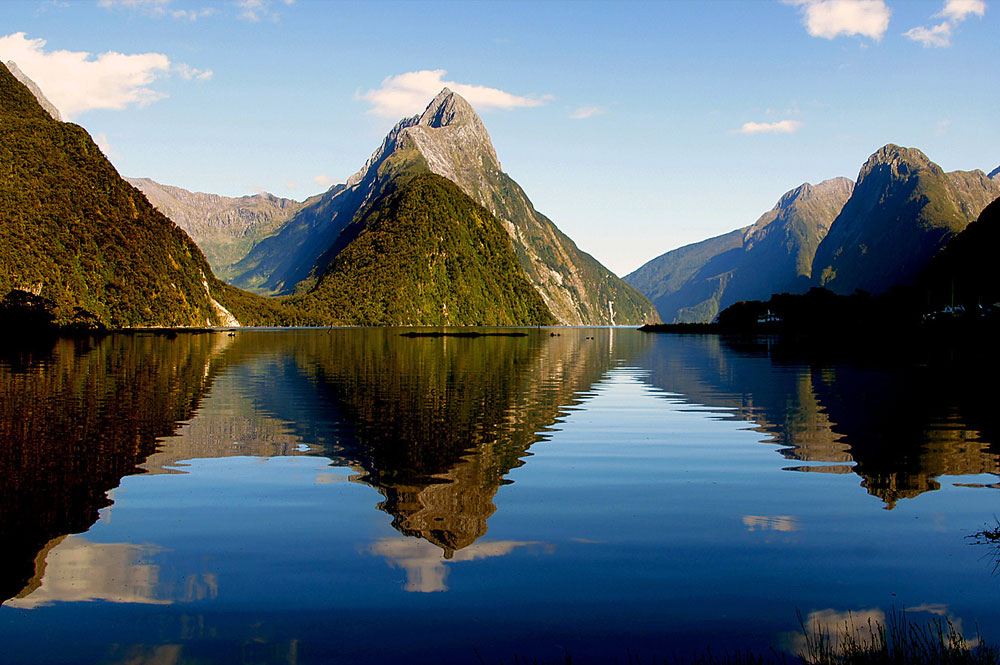
There are many basic film photography tips and techniques for beginner photographers that will help to create some stunning images. Knowledge of these basic tips and full control over your film camera, including 35mm, medium format, and large format cameras, will help you achieve the correct exposure and create photographs to impress. To jump right into some of these techniques, please use the menu on the right side of the page to navigate your way to the specifics. Or, continue reading for a brief synopsis about some techniques.
Composition in Photography Terms
Composition is perhaps the single most important film photography technique and separates the mediocre snapshots from professional photography. Composition must always be considered before capturing the image to film. It involves proper balance of shapes, diagonals to maintain interest, cropping, and bringing the subject to the foreground. You can read more about this important beginner photography technique in the photography composition page of this site.
Depth of Field
Depth of field is the amount of distance between the foreground and background of the subject that remains in focus. This basic photography technique is handled with the aperture setting of a film camera and the focal distance of the subject. In short, a shallow depth of field involves clear focus on your subject and out of focus areas around it while a great depth of field will have everything in the frame in focus. Read more about this subject in the depth of field page.
Motion Photography
Motion photography captures motion. There are various photography techniques for capturing motion using various shutter speed settings. For instance, you capture frozen motion photography with a fast shutter speed where the subject is captured during movement but is perfectly sharp and in focus. You may also wish for a blur motion photography where a slow shutter speed will dictate blurred motion. Learn more about these techniques and how to successfully capture motion in the motion photography guide.
Night Photography
Photography at night requires long exposures and even more patience. It is also one of the most difficult photography techniques to figure out the proper settings of your shutter speed and aperture. Most 35mm film cameras will not have a light meter to that give accurate readings for night photography. As such, it is suggested you have a handheld light meter. To learn more about photography at night, see the night photography guide.
Landscape Photography
Landscape photography requires sharp detail through small apertures and slow shutter speeds. While most landscape photography follows a simple rule of composition with a foreground, middle ground, and background, the possibilities are almost endless. Every good landscape photographer will be willing to walk to different spots and have patience for the right lighting for fall on the scene. To learn more, see the landscape photography guide
Wildlife Photography
Wildlife photography will likely use very fast shutter speeds using a handheld camera. A long camera lens is also necessary to take close photographs of the wildlife without getting too close to startle them or cause any harm. A zoom lens will also be very advantageous for birds, as they will likely be higher than you. With a lot of patience and quick reflexes you can create successful wildlife photography. To learn more, see the wildlife photography guide.
Winter Photography
The bright whites of winter photography will cause a few complications for any film photographer. Essentially, your camera and light meter will naturally darken the white of the snow as it measures a mid gray point. You will need to overexpose your film in this case to bring out the white of the snow. Of course, different grades of snow will call for different changes in exposure. Read more about these changes in the winter photography guide.
